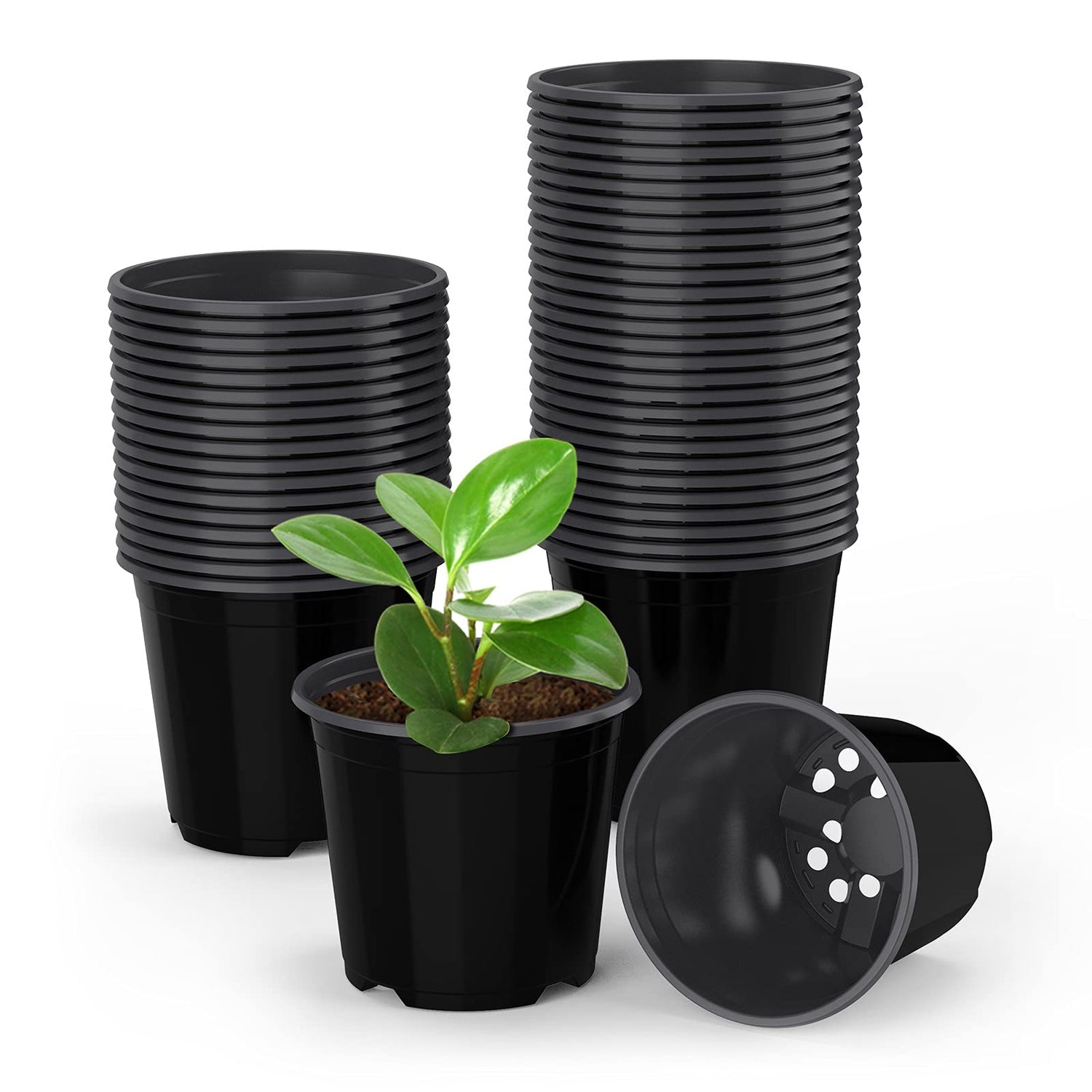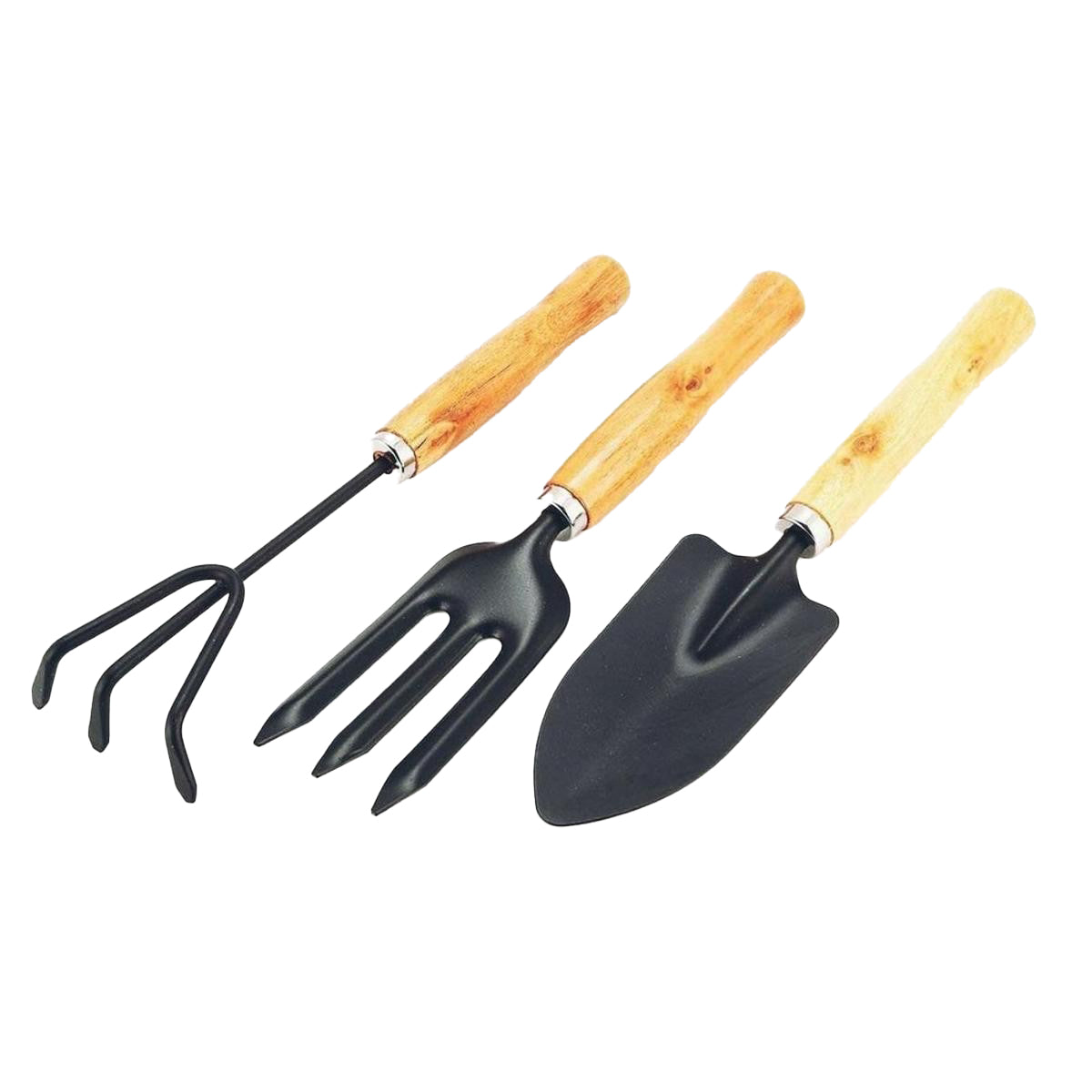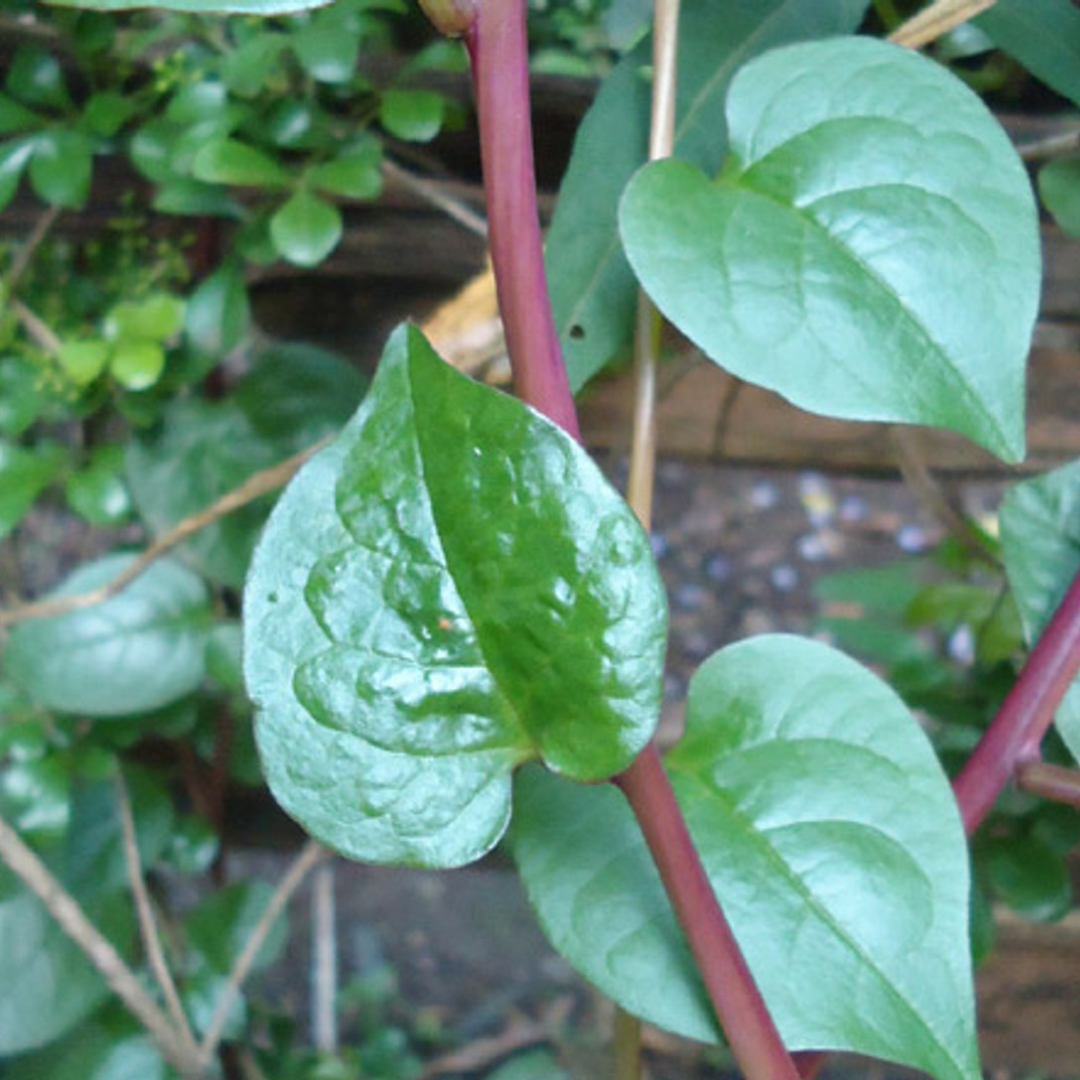
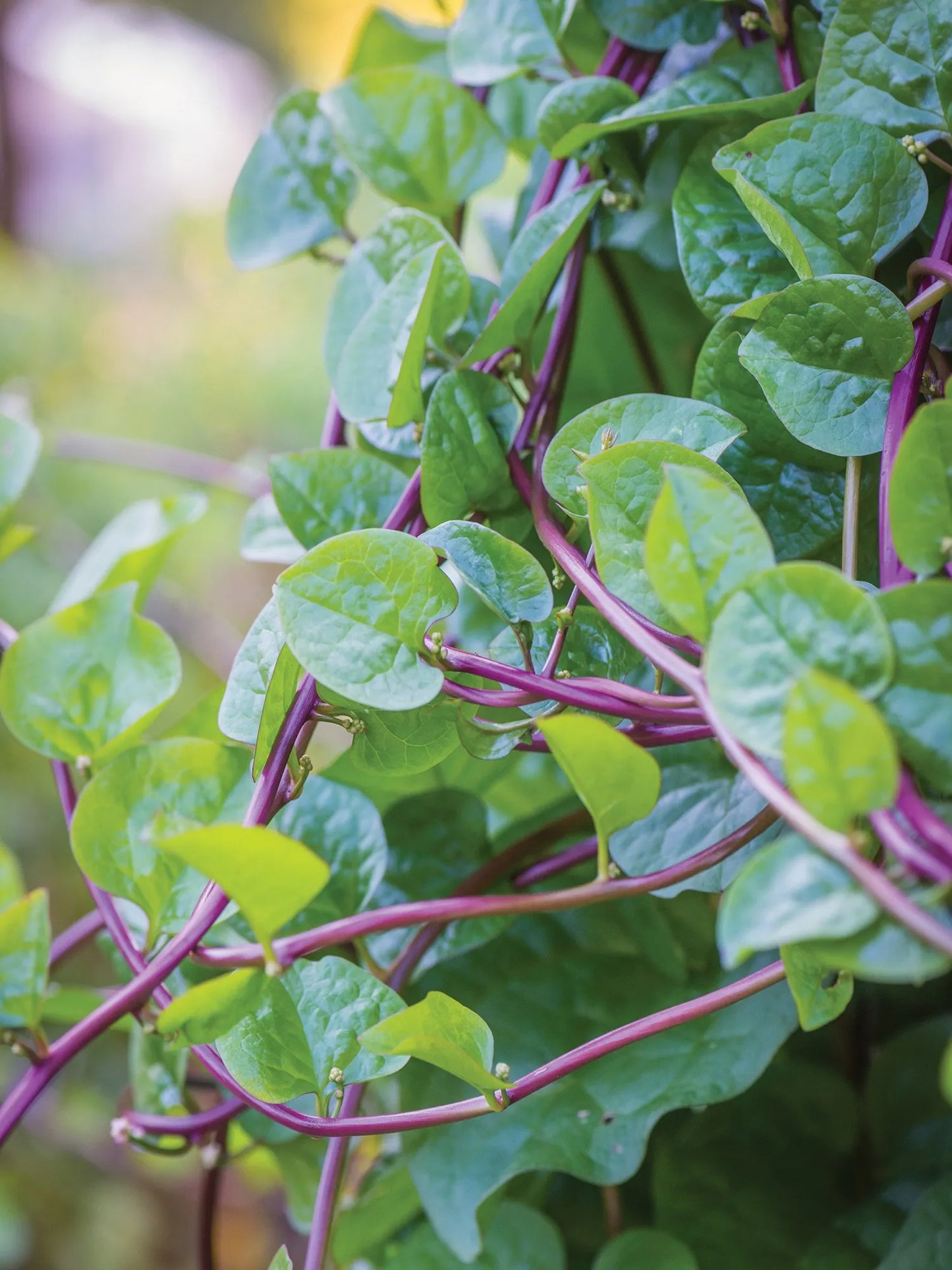
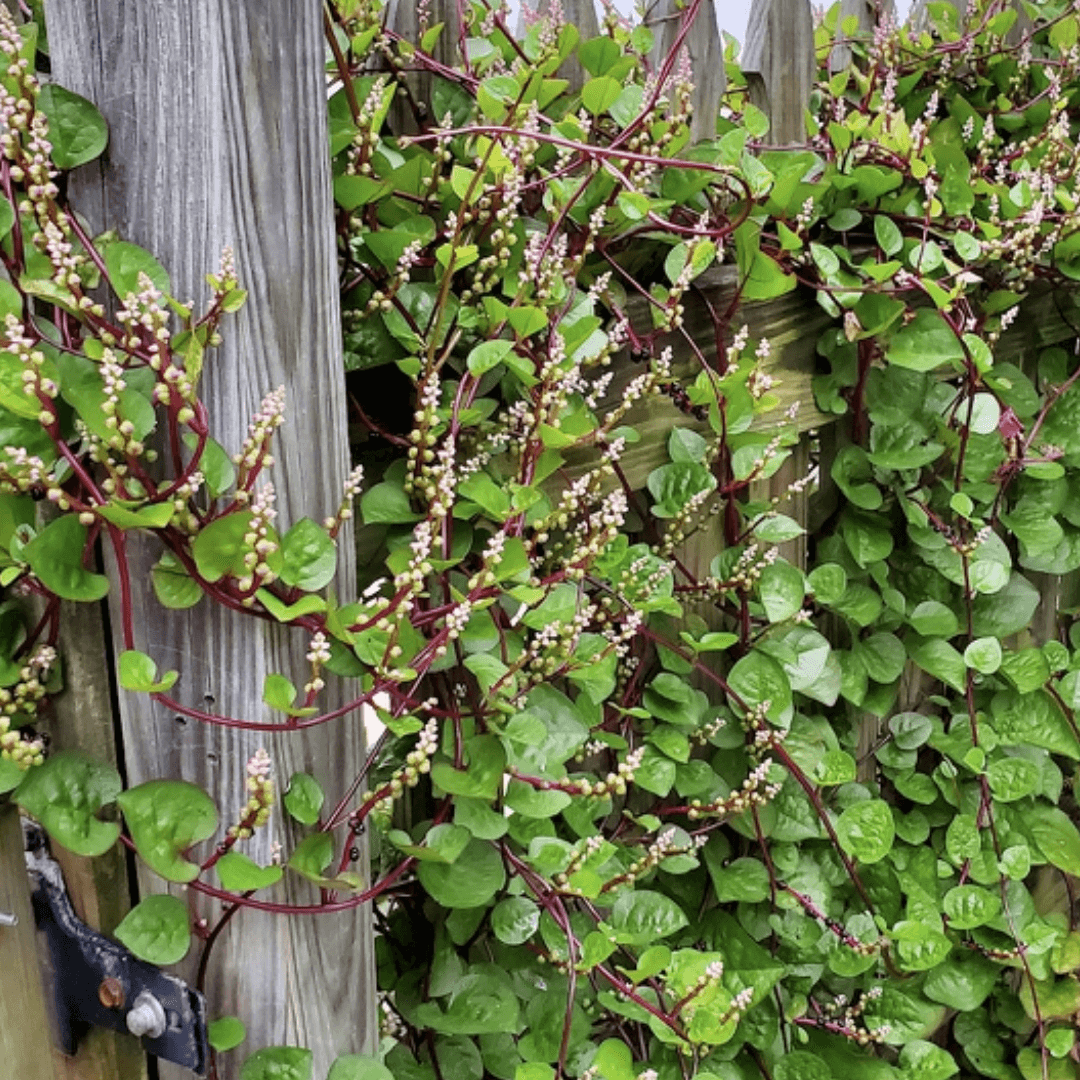
Grow Malabar spinach (Basella rubra/ مالابار پالک) from seed in rooftop pots, beds, or trellises. This red-stemmed summer variety produces thick, juicy leaves perfect for desi dishes — and thrives where regular spinach fails.
Perfect for home gardeners who want continuous greens from May to September.
Why Gardeners Prefer Malabar Spinach
- Heat-tolerant alternative to regular palak
- Thick, juicy leaves with mild flavour
- Climbing habit — ideal for small spaces with vertical support
- Red-stem variety (Basella rubra) adds beauty to kitchen gardens
How to Grow Malabar Spinach from Seed
When to Sow: March to August (thrives in 25–38°C)
Where to Grow:
- 10–12 inch deep pots, grow bags, or soil beds
- Rooftops, balconies, or wall-side planters
Steps:
- Soak seeds overnight to speed germination
- Use 2 parts garden soil + 1 part Vermicompost
- Sow 1–2 cm deep; germinates in 7–14 days
- Provide a trellis or wall support for vines
- Harvest leaves regularly once plants are 10–12 inches tall
Fertilizer & Care
- Soil Prep: Enrich soil with vermicompost before sowing
- Growth Feed: Apply NPK 20-20-20 every 2 weeks
- Leaf Health: Spray Seaweed Liquid Fertilizer to improve colour and leaf size
- Pests: Usually pest-resistant, but use Neem Oil if needed
Tips from Local Gardeners
- Keep the soil moist but not soggy
- Provide shade net if afternoon sun is too harsh
- Pick young leaves regularly to promote new growth
- Use vertical space — vines can reach 5–6 feet
FAQs
Can I grow Malabar spinach in containers only?
Yes — deep pots or grow bags work well. Just ensure vertical support for climbing.
Why are my leaves turning pale or small?
Usually from poor feeding or low sunlight. Use seaweed spray and place in full sun.
Does Malabar spinach grow back after cutting?
Yes — keep harvesting top leaves and the vine will continue producing.
Is Malabar spinach the same as regular spinach?
No — it’s a heat-loving, vining green with thicker leaves. Not related to regular palak but used similarly.







